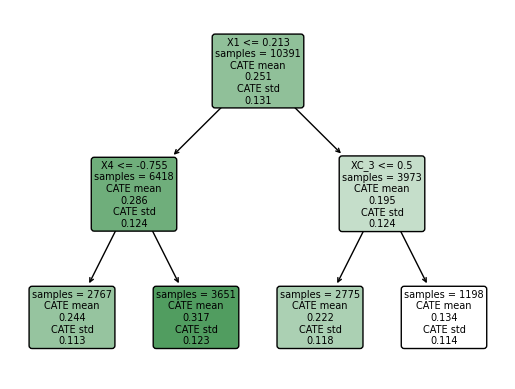Report 1#
Report on “Machine Learning Methods that Economists Should Know About” by Susan Athey & Guido Imbens (2019)
What is the research question of the article?#
This paper aims to bridge the gap between Machine Learning and traditional econometrics. It does so, first, by highlighting their key differences, particularly in terms of objectives, practice, and terminology; and second, by presenting the theoretical background of some Machine Learning methods, such as Lasso, Ridge, Desicion Trees, and Neural Nets, that can enhance ones econometric toolkit for causal inference.
What are the strengths and weaknesses of the document’s approach to answering that question?#
Strengths:
Comprehensive Overview: The paper provides a thorough introduction to various ML methods, including Lasso, Ridge, Decision Trees, and Neural Networks, making it accessible for economists unfamiliar with ML literature.
Clarification of Differences: It effectively delineates the contrasting objectives and terminologies between ML and traditional econometrics, emphasizing ML’s traditional focus on predictive accuracy over inferential properties.
Encouragement for Integration: By showcasing the potential of ML in econometrics, the paper encourages economists to incorporate these techniques into their research.
Weaknesses:
Limited Practical Examples: While the theoretical aspects of each method are well-explained, the paper could benefit from more practical examples demonstrating the application of those methods in economic research focused in causal inference.
Evolving Field: The document acknowledges that the field of machine learning in economics is rapidly evolving, which may lead to the information becoming outdated over time. Continuous updates or revisions may be necessary to keep up with the latest developments, for example regarding double machine learning’s high sensitivity to the inclusion of only a few “bad controls” in the covariate space (as shown in Hünermund et al., 2023).
How does this document advance knowledge on the question, that is, what is the contribution?#
The paper contributes to the advancement of the field by demystifying ML for economists and advocating for the integration of ML methods into econometric analysis. It serves as a valuable resource for researchers looking to expand their methodological toolkit, especially to those who are least familiar with ML topics as it serves as a very thorough introduction. Furthermore, it includes plenty of references so that particularly interested individuals can further read into each topic.
What would be one or two valuable and specific next steps to advance this question?#
Development of Practical Guidelines: Creating a comprehensive guide that helps economists choose between ML and traditional methods based on the research context and data characteristics would be a valuable next step.
Empirical Comparisons: Conducting empirical studies that compare the performance of ML methods with conventional econometric techniques across various economic scenarios can provide clearer insights into their respective strengths and limitations.
